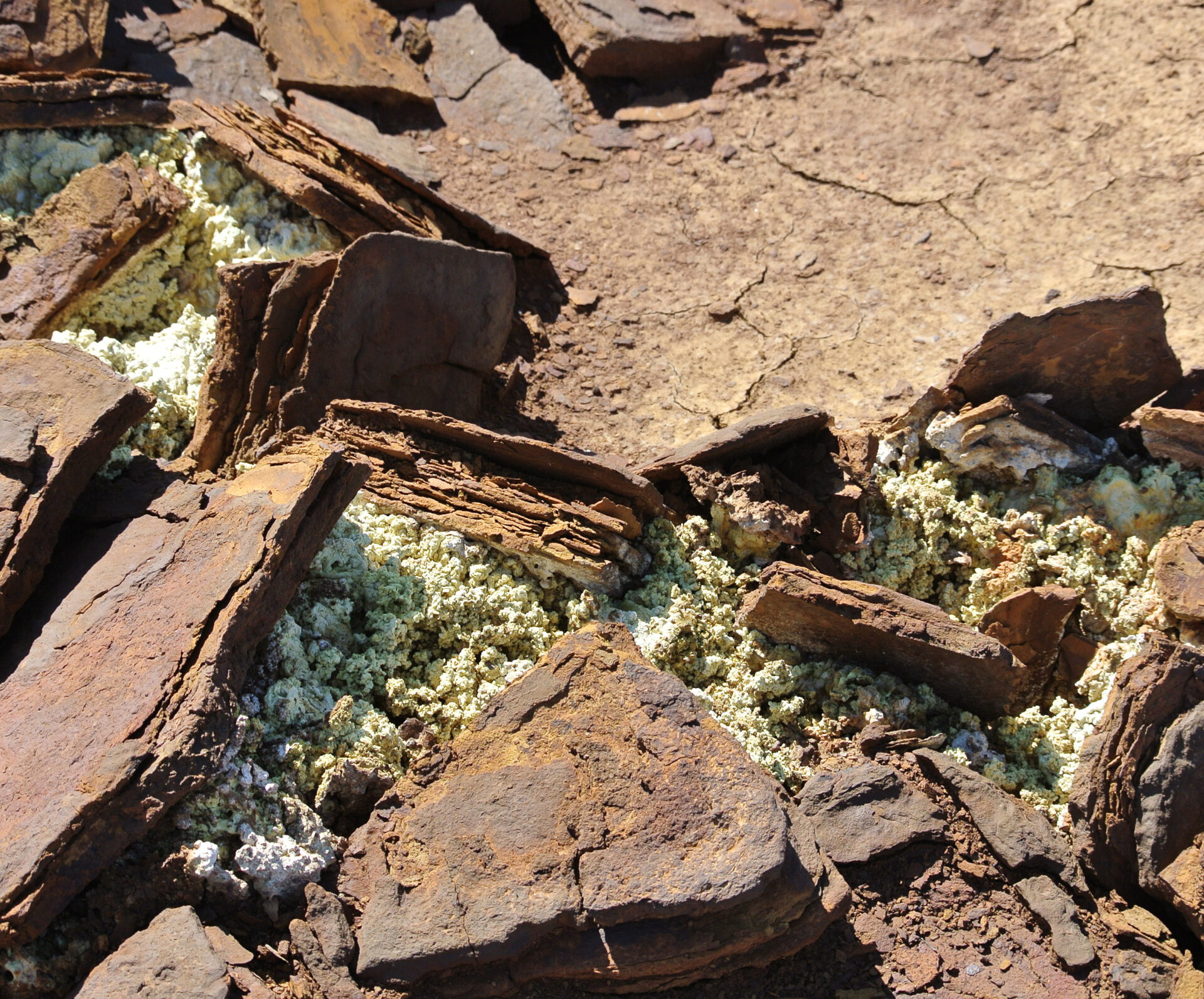Background
SGME was engaged to conduct a feasibility study for multiple storage options to determine their likely effectiveness in mitigating environmental hazards. The mine was first commissioned in 1983 and is located approximately 40 kilometres north-west of Cobar, New South Wales. It is currently in care and maintenance while additional exploration is underway.
Objective
The mine faces significant challenges in locating a suitable site for a waste rock stockpile and managing acid rock drainage (ARD) risks. The lack of an appropriate stockpile location and having inadequate ARD management pose environmental and operational risks, necessitating thorough feasibility studies and planning approvals for construction and operation of the waste rock stockpile.
In order to address these challenges, a comprehensive feasibility study and assistance with planning approvals were required which involved conducting a detailed review of all areas that were previously deemed unsuitable for the waste rock stockpile. Potential locations for the waste rock stockpile were assessed to determine whether they met all environmental and operational criteria.
Detailed geochemical reviews of proposed mine blocks were done to assess the potential for ARD based on waste rock composition. Mining timelines were then confirmed through the mine plan to understand their impact on ARD generation and management. A comprehensive strategy for ARD risk mitigation was developed and the waste rock stockpile was designed with consideration of final landform characteristics to prevent significant challenges relating to earthworks and landform development. The design was checked to ensure compliance with licensing conditions associated with slope angles, slope lengths, covers and final land uses, and to ensure it would blend with the surrounding environment.
Necessary planning approvals for the construction and operation of the waste rock stockpile were obtained. It was ensured that the design complied with all regulatory requirements, minimised environmental disruptions and streamlined construction and operation processes. The aims of these processes were to ensure the waste rock stockpile is operationally efficient, environmentally compliant and aesthetically integrated into the surrounding landscape.
Solution
SGME’s solution to the waste rock stockpile challenge involved a meticulous two-phase approach.
During the feasibility phase, SGME conducted a comprehensive and thorough assessment of all potential sites within the mining lease that were previously deemed unsuitable to identify feasible locations for the waste rock stockpile. This review considered environmental aspects, logistical feasibility and alignment with cultural heritage regulations. Once the information was determined, we designed three viable waste rock stockpile options based on land area requirements and minimising environmental impacts. We addressed ARD through segregation and encapsulation techniques to ensure environmental sustainability. Our placement options also integrated final landform criteria and operational requirements to minimise environmental impact and streamline post-operation rehabilitation efforts.
During the planning approvals phase, SGME’s team of scientists and engineers facilitated the approval process by liaising with local councils and state government agencies to ensure compliance with environmental planning and assessment regulations. A comprehensive Statement of Environmental Effects (SEE) was prepared and updated to address key environmental concerns and provide robust technical support for timely approvals. Using our expertise in geographic information systems (GIS) and technical studies, we delivered a sustainable waste rock stockpile solution tailored to site-specific regulatory requirements.
